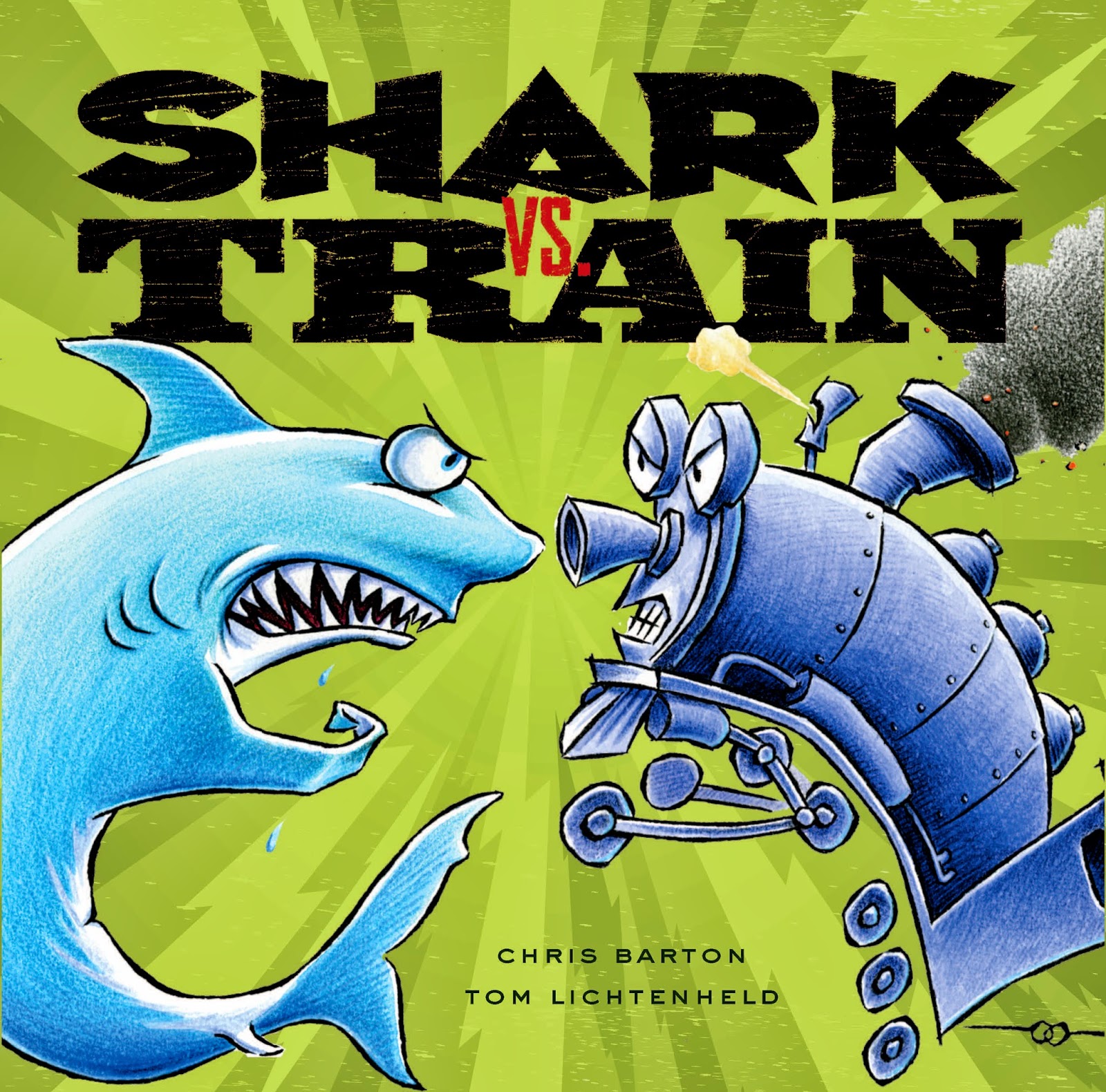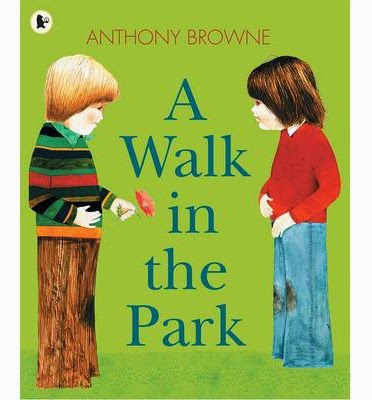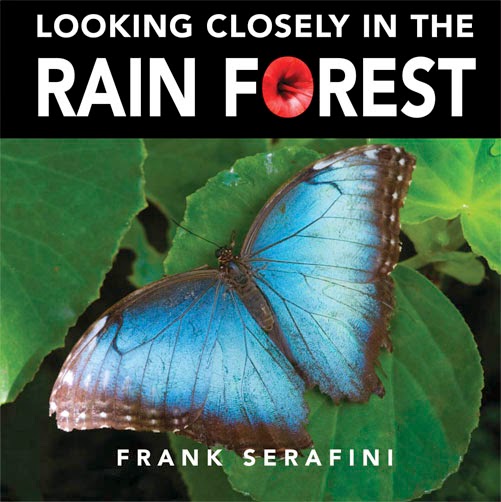PBD: Animalia & The Eleventh Hour and others by Graeme Base

One of my favorite picturebook illustrators from Australia is Graeme Base. His work has astounded me since I met him years ago at the Dromkeen Children's Museum outside of Melbourne. His original paintings were huge, colorful and required intense scrutiny to notice all the details he included. His webpage is amazing: http://www.graemebase.com/publish/index.html I have listed above several of his books, but all of his work is worth investigating. The first two books I read, Animalia and The Eleventh Hour are still my favorites. Animalia is an ABC book that uses alliterative phrases for each letter. The Eleventh Hour is a visual mystery about an elephant named Horace and the disappearance of his birthday cake. Graeme uses borders and hidden items to keep young and older readers scanning his illustrations for clues.














